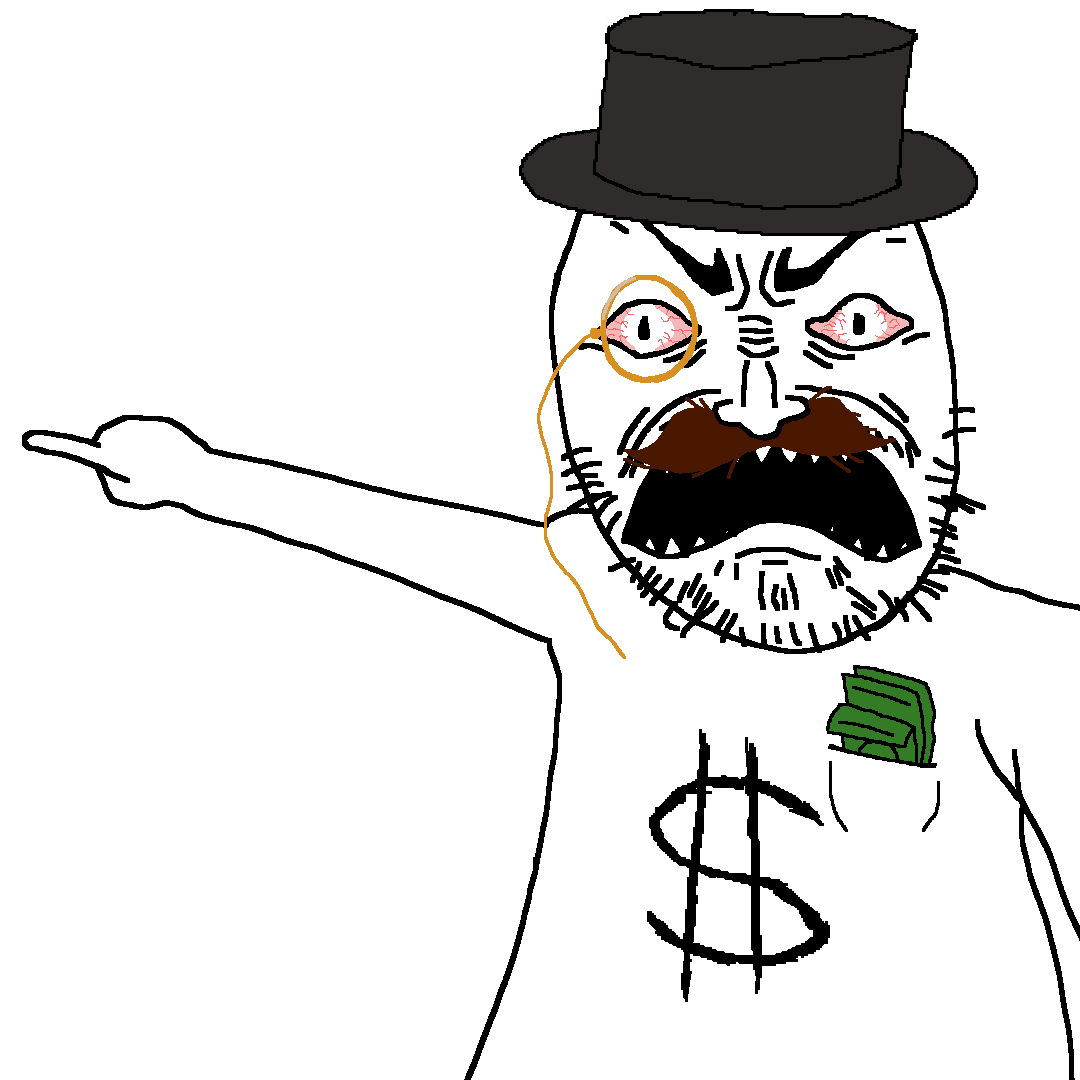I feel like this particular point really needs some quantitative examples to drive it home. Let's assume that the rate of exploitation (how much value does the capitalist take home per value the worker takes home) is 100% or 1:1.
Cycle of production 1:
Capitalists all invest $1000 in fixed capital, $500 in variable capital. They get back $2000.
$2000 / $1500 = 33% rate of profit
Cycle of production 2:
Old capitalists invest $1333 in fixed capital, $667 variable capital (same organic composition as before). They make back $2667. $2667 / $2000 = 33% rate of profit (if the organic composition always stayed the same, the capitalists could keep the same rate of profit)
New capitalists invest in new technology, so they invest $1500 in fixed capital, $500 in variable capital. Because they have an edge, they come home with $3000, exceeding what they'd normally get from exploiting $500 worth of labor.
Cycle of production 3:
Assume the old capitalists all adapt the new technology and got $250 from elsewhere for uniformity.
Capitalists all invest $2500 in fixed capital, $500 in variable (some of the old capitalists who were paying $667 last time laid off some of their workers). They take home $3500. $3500 / $3000 = 16% rate of profit.
Ergo, we see that investing in new technologies only gives the capitalist an edge in the short term, but once other capitalists catch up it just makes the product have more capital and less labor. That's only bad for the rate of profit.

